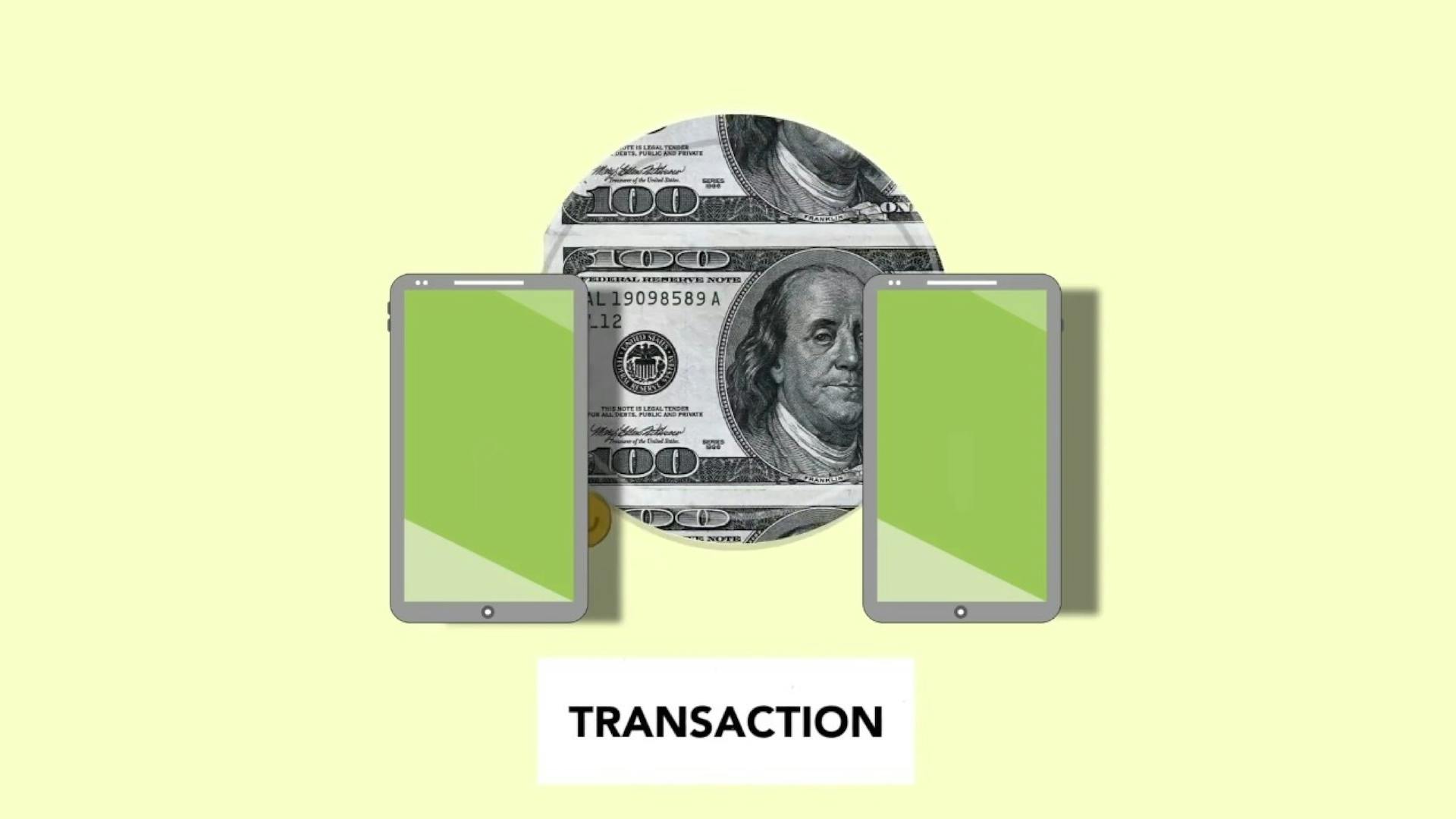
Fedwire is a real-time electronic funds transfer system used by the Federal Reserve Banks in the United States. It's a crucial tool for financial institutions to process and settle transactions.
Fedwire allows for the transfer of funds between banks, and it's used for a wide range of transactions, including wire transfers, securities settlements, and other financial transactions. This system is available 24/7, allowing for continuous processing of transactions.
The Federal Reserve Banks operate Fedwire, which is a secure and reliable system that ensures the integrity and finality of transactions.
On a similar theme: Fedwire News
Key Features
Prior to the Federal Reserve System, payments were less efficient or accessible due to the fragmented US banking system. This led to time delays and costs associated with physically moving currency or gold to settle inter-bank debts.
The Federal Reserve System was established to address these issues, and Congress anticipated that Reserve Banks would transfer funds among each other to facilitate the movement of money around the country. This was implemented through the Gold Settlement Fund, later renamed the Interdistrict Settlement Fund in 1935.
The Fed offers a range of payment services, including Fedwire, which allows for immediate settlement of inter-bank transfers using banks' balances with the Fed.
Explore further: Money Center Banks
Large-Value Payment Marketplace

The large-value payment marketplace is a complex system that involves several key players. The Federal Reserve's Fedwire is a central part of this system, but it's not the only game in town.
Fedwire has two significant competitors: Bankwire and the Clearing House Interbank Payments System (CHIPS). Both of these systems primarily serve large banks.
Bankwire was a cooperative of large banks that operated from 1952 to 1986. It was launched in response to demand for additional wire transfer capacity for transactions by business or retail customers of large banks.
The New York Clearinghouse Association brought CHIPS online in 1970, and it's been used especially to settle the dollar side of foreign exchange or other international transactions. Since the late 1980s, the volume of CHIPS transactions has averaged roughly two-thirds the volume of Fedwire transactions.
In 1971, the Fed changed its pricing to make all wire transfers above $1,000 free, which caused Bankwire to lose business. The Fed began charging for all Fedwire transactions in 1981 as required by the Monetary Control Act.
The Act also broadened access to Fedwire and other Fed payment services beyond member banks to additional financial institutions. The Fed now serves more than 10,000 banks of varying sizes and missions across the country.
Consider reading: Routing Number Fedwire
Securities

Securities are a crucial part of the financial system, and the way they're transferred has undergone significant changes over the years.
The US government's fiscal agent, the Fed, has been transferring securities since the 1920s, starting with short-term Treasury instruments in 1921 and longer-term Treasury bonds in 1948.
In the past, transferring securities involved physically sending paper securities, which was a cumbersome and sometimes risky process. For example, if a bank in San Francisco sold a short-term Treasury certificate to a dealer in New York, it would have to physically send the paper securities to the San Francisco Federal Reserve Bank, which would then communicate with the New York Federal Reserve Bank to deliver a like amount to the dealer in New York.
The introduction of the Fedwire system in the 1920s revolutionized the way securities were transferred, allowing for faster and more efficient transactions. The ability to transfer bonds by wire broadened the market for Treasury securities out of major cities and helped eliminate small differentials in prices that once existed across cities.
By the 1960s, paper records had become very cumbersome due to higher postwar trading volumes, and the occasional loss of paper records increased their risks. The US Treasury and the Fed began working on transitioning to book-entry securities, which are purely electronic records.
Curious to learn more? Check out: Atm Machine Money Bank
Faster Settlements, Better Experience
Faster settlements are a game-changer for businesses, allowing them to process transactions up to 70% faster.
This means that customers can expect a faster, more transparent, and efficient payment experience.
Fedwire processing has never been quicker, with significant time savings that can be put to good use elsewhere in the business.
With faster settlements, companies can respond to changing market conditions and customer needs more effectively.
Technical Details
Our Fedwire solution is already Fed certified for ISO 20022, allowing your bank to process messages in the new format before the deadline.
With Finzly's advanced payment infrastructure, you can lead the way in delivering advanced payment experiences and position yourself at the forefront of financial innovation.
Finzly enables you to consolidate all your payments rails into one, automate payment processing, and eliminate redundant systems, reducing system maintenance costs.
Finzly's Payment Hub gives you the speed and agility to significantly improve your operational efficiency, while giving you the confidence to innovate in the open ecosystem.
Finzly arms you with the long-term competitiveness to thrive, collaborate, and compete with fintechs, ensuring you're prepared for the future of payments.
Explore further: Unified Payments Interface News
Operational Details
Fedwire operates weekdays from 9 p.m. the prior calendar day to 7 p.m. Eastern Time. The system is closed during weekends and federal holidays, except on Mondays which are operational from 9 p.m. on the preceding Sunday.
The deadline for initiating a payment on behalf of a third party is 6 p.m. ET, even though the system is operational until 7 p.m. ET.
Fedwire is a real-time gross settlement transfer system, which means it processes each transaction individually and in full.
Suggestion: Swift vs Fedwire
Upfront Validation Checks
Upfront validation checks are a crucial part of the Fedwire process, ensuring that payments are processed efficiently and accurately.
Fedwire operates with a real-time gross settlement transfer system, processing each transaction individually and in full, as mentioned in Example 7. This means that upfront validation checks are essential to minimize payment failures.
To reduce payment failures, Finzly's advanced payment infrastructure offers granular upfront validation of limits, duplicates, fraud, counterparties, balances, and accounts, as stated in Example 4. This helps to eliminate errors and ensure that payments are processed correctly.
Related reading: Immediate Payment Service

In addition to reducing payment failures, upfront validation checks also help to improve operational efficiency. Finzly's Payment Hub, as mentioned in Example 3, gives banks the speed and agility to significantly improve their operational efficiency while giving them the confidence to innovate in the open ecosystem.
By leveraging upfront validation checks, banks can also reduce the risk of payment failures and associated costs. With Finzly's support, banks can initiate Fedwire transactions across multiple channels and interfaces, including APIs, bulk files, branches, and digital banking, as stated in Example 9. This flexibility enables banks to process payments more efficiently and effectively.
History
The history of Fedwire is a story of rapid technological advancements and a shift from manual to automated systems. In 1918, the Federal Reserve Banks started using wire transfers via the telegraph.
Before the 1980s, Fedwire was largely reliant on telegraphic systems, but the Fed made a major upgrade to its internal systems that limited maximum downtime to just a few hours. This upgrade was a significant improvement over the previous system.

Today, three data processing centers support Fedwire, with one site serving as the primary processing environment and two "backups" located far apart to mitigate the effects of disruptions. The three centers are located hundreds of miles from each other.
The Reserve Banks have taken advantage of Internet protocol (IP) and distributed processing technologies to improve the reliability and efficiency of Fedwire. This has greatly improved the overall performance of the system.
Banks are charged a gross transfer fee of $0.82 for every transaction, but there is a three-tiered discount schedule that results in actual transaction fees costing between $0.034 and $0.82 per transaction depending on transaction volume.
Frequently Asked Questions
Is Fedwire the same as ACH?
No, Fedwire and ACH are two distinct payment systems with different features and purposes. While they both facilitate electronic payments, Fedwire is ideal for high-value transactions in real-time, whereas ACH offers a more versatile and cost-effective solution with a slightly longer processing time.
Is Fedwire same as SWIFT?
No, Fedwire and SWIFT are not the same, as Fedwire is a domestic US payment system while SWIFT is a global messaging network for international transfers. While both facilitate secure financial transactions, they serve different purposes and operate in distinct markets.
Is Fedwire a routing number?
No, Fedwire is not a routing number in the classical sense, but rather a specific type of routing number used for wire transfers. It's used for both domestic and international transactions.
What RTN is 021000021?
The routing number 021000021 is associated with JPMORGAN CHASE BANK, NA in Florida. It supports ACH and Wire transfers.
Is RTN the same as ACH?
Your RTN is the same as your ACH routing number, as it's the nine-digit code associated with your checking or savings account. Learn more about how ACH transfers work and how to find your RTN
Featured Images: pexels.com


